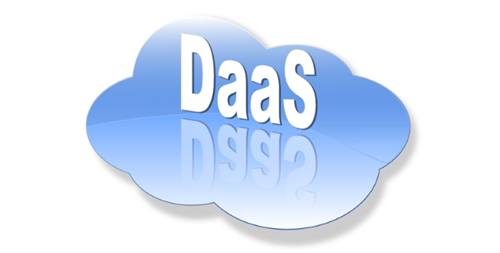Cloud computing has become so integrated with our business and leisure activities that we no longer think of it as a thing.
Websites, email, social media, online shopping, they all run on cloud-based platforms. The physical computers running these systems could be anywhere in the world.
You may sometimes hear acronyms like SaaS for Software as a Service, PaaS for Platform as a Service, IaaS for Infrastructure as a Service, but what do these actually mean, and what are the differences between these types of services?
In this article I’ll describe two of the “as a service” cloud platforms popular with small businesses and explain the difference between them.
What is Software as a Service (SaaS)?
It may be an expression you aren’t familiar with, but I can almost guarantee that it is something you’ve used. When you think of traditional software, something you download to a PC, then you’re talking about software that you manage yourself, you provide the computers it runs on and you have to make sure the data is backed up, and update the software as required. In a business, that software may run on a local server and your IT department, or IT support providers, look after the infrastructure and maintenance. Local business software is quite demanding and maintaining the infrastructure has a significant cost.
What Software as a Service does is move the software to infrastructure hosted “in the cloud”. SaaS is easy to manage, the vendor looks after everything, the physical servers, the updates, the backups, the technical issues, everything. The customer just needs to log on and run the software. The vendor will have hundreds or thousands of customers all running on the same systems and paying a subscription fee rather than a one-off cost, so the economies of scale reduce the costs for individual customers significantly.
We all use SaaS applications even if we don’t realise it. If you have a Gmail account or Hotmail/Outlook.com then that’s Software as a Service as are other Google apps. eBay is software for auctions and selling products but everything runs on eBay’s servers. Software such as Xero, Quickbooks, SalesForce, Zoho, and thousands of others are all SaaS systems.
What is Desktop as a Service (DaaS)?
A lot of applications are now going online as SaaS, but what about those applications that don’t yet have an online version. Software applications that still need to be installed on a PC and, if shared, have a database running on a local file server. How do businesses enjoy the benefits of cloud computing with these client-server apps. Many businesses see it as wasteful having to maintain local IT hardware to run these important business applications, and are also frustrated that accessing them remotely is complex and expensive. This is where Desktop as a Service (DaaS) comes in often called Hosted Desktops. With DaaS a user’s Windows desktop is now virtual desktop hosted on cloud-based servers and can be accessed from anywhere, and from non-Windows internet connected devices. More importantly the File server with the data storage is also on the same platform.
In a nutshell this means that the desktop software now becomes as cloud based as the SaaS applications. Businesses can ditch the on-site file server, and the IT support, and other associated costs. As Desktop as a Service includes the “as a Service” bit it is a fully managed solution in the same way SaaS is. The provider looks after the backups, support and maintenance of the desktop infrastructure. The software vendor still supports the application in the same way they would normally.
Your Office Anywhere have been providing Desktop as a Service solutions since before anyone thought of the term, and are happy to advise any LBV View readers on how DaaS may be suitable for their business.






















